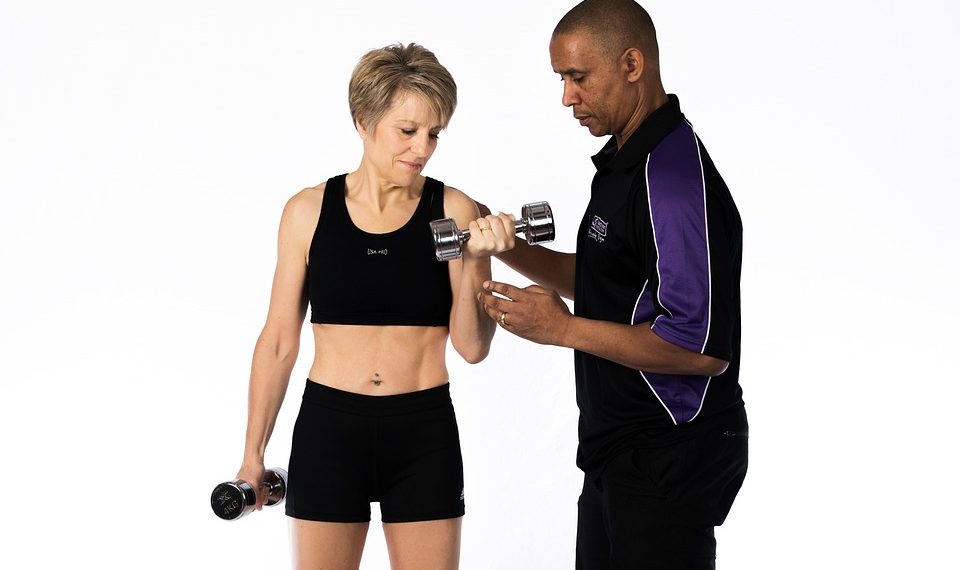7 Secrets to Boost Your Bladder Muscle Support Today!—that’s the mantra you need right now. If you’re feeling the effects of aging, childbirth, or even just the daily grind, your bladder muscle support may be struggling. Let’s dive into how you can regain control, support your body, and live life to the fullest.
Bladder muscle support is about more than just avoiding embarrassing moments. It’s about your confidence, your comfort, and your quality of life. When your bladder muscles are strong, you can enjoy everything—from a hearty laugh to a long walk—without fear. So, why does this matter? Because you deserve to feel empowered in your body.
Contents
Understanding Bladder Muscle Support
Before we jump into the secrets, it’s essential to understand what bladder muscle support entails. Your bladder is a muscular sac that stores urine. When the muscles surrounding it are strong, they help you control urination. Weak bladder support can lead to incontinence or frequent urges to go, significantly impacting your daily life.
Let’s explore those secrets that will transform your relationship with your bladder muscles.
1. Kegel Exercises: Your Best Friend
Kegel exercises are a game-changer. These simple contractions target the pelvic floor muscles, which play a crucial role in bladder support.
- How to Do Kegels:
- Identify your pelvic floor muscles. The easiest way is to stop urination midstream.
- Once identified, contract those muscles for five seconds, then relax for five seconds.
- Aim for three sets of 10 repetitions daily.
Kegel exercises are discreet and can be done anywhere—right now, even as you read this! Regular practice strengthens your pelvic floor, helping to reduce incontinence and improve bladder control.
2. Stay Hydrated, but Wisely
Hydration is vital for your overall health, but what you drink matters for bladder support.
-
Opt for:
- Water
- Herbal teas (avoid caffeine)
-
Limit:
- Caffeinated beverages
- Alcohol
- Carbonated drinks
Caffeine can irritate your bladder, leading to frequent urges. Instead, sip water throughout the day to keep your bladder happy without overwhelming it.
3. Mind Your Diet
What you eat can impact your bladder health. Incorporating certain foods can support your muscles while avoiding others can prevent irritation.
-
Foods to Include:
- Fruits and vegetables (rich in vitamins and antioxidants)
- Whole grains (fiber supports regularity)
- Lean proteins (essential for muscle repair)
-
Foods to Avoid:
- Spicy foods
- Citrus fruits (for some people)
- Artificial sweeteners
A well-rounded diet not only supports your bladder but also enhances your overall wellbeing.
4. Maintain a Healthy Weight
Excess weight can put pressure on your bladder and pelvic floor, leading to weakened support.
- Why it Matters:
- Losing even a small amount of weight can significantly reduce pressure on your bladder.
- Engaging in regular physical activity not only helps manage weight but also strengthens your pelvic floor.
Aim for a balanced routine of cardio and strength training to support your body’s natural function.
5. Practice Good Bathroom Habits
Believe it or not, how you use the bathroom can affect your bladder support.
- Tips for Healthy Bathroom Habits:
- Don’t rush. Take your time to fully empty your bladder.
- Avoid “just in case” trips to the restroom—this can train your bladder to be overactive.
Using the bathroom mindfully supports your bladder’s natural rhythm and strength.
6. Strengthen Your Core
A strong core isn’t just about looking good; it’s about supporting your entire body, including your bladder.
- Core Strengthening Exercises:
- Planks
- Bridges
- Pilates
These exercises engage the pelvic floor and core simultaneously, providing a double benefit for bladder support.
7. Seek Professional Guidance
If you’re struggling despite your best efforts, don’t hesitate to consult a professional. A pelvic floor physical therapist can offer personalized strategies to enhance your bladder muscle support.
- Why It’s Important:
- They can assess your specific needs and create a tailored plan.
- Professional guidance can be a game-changer in regaining control.
Conclusion: Embrace Your Strength
Boosting your bladder muscle support isn’t just about avoiding accidents; it’s about taking charge of your life. With these seven secrets, you can feel more confident, empowered, and in control.
Bottom Line: Your bladder muscles deserve attention, just like any other part of your body. Embrace these practices today to support your bladder and enhance your quality of life. Remember, you’re not alone in this journey, and every small step counts.
FAQ
1. How long does it take to see results from Kegel exercises?
Results can vary, but many women notice improvements within a few weeks of consistent practice.
2. Can I do Kegel exercises while pregnant?
Yes! Kegel exercises are often recommended during pregnancy to strengthen pelvic floor muscles.
3. Is it normal to have occasional bladder leaks?
While occasional leaks may be common, especially after childbirth or during menopause, frequent leaks should be discussed with a healthcare provider.
Take action today. Your body, your confidence, and your happiness depend on it.
Get Your FREE Natural Health Guide!
Subscribe now and receive our exclusive ebook packed with natural health tips, practical wellness advice, and easy lifestyle changes — delivered straight to your inbox.
















